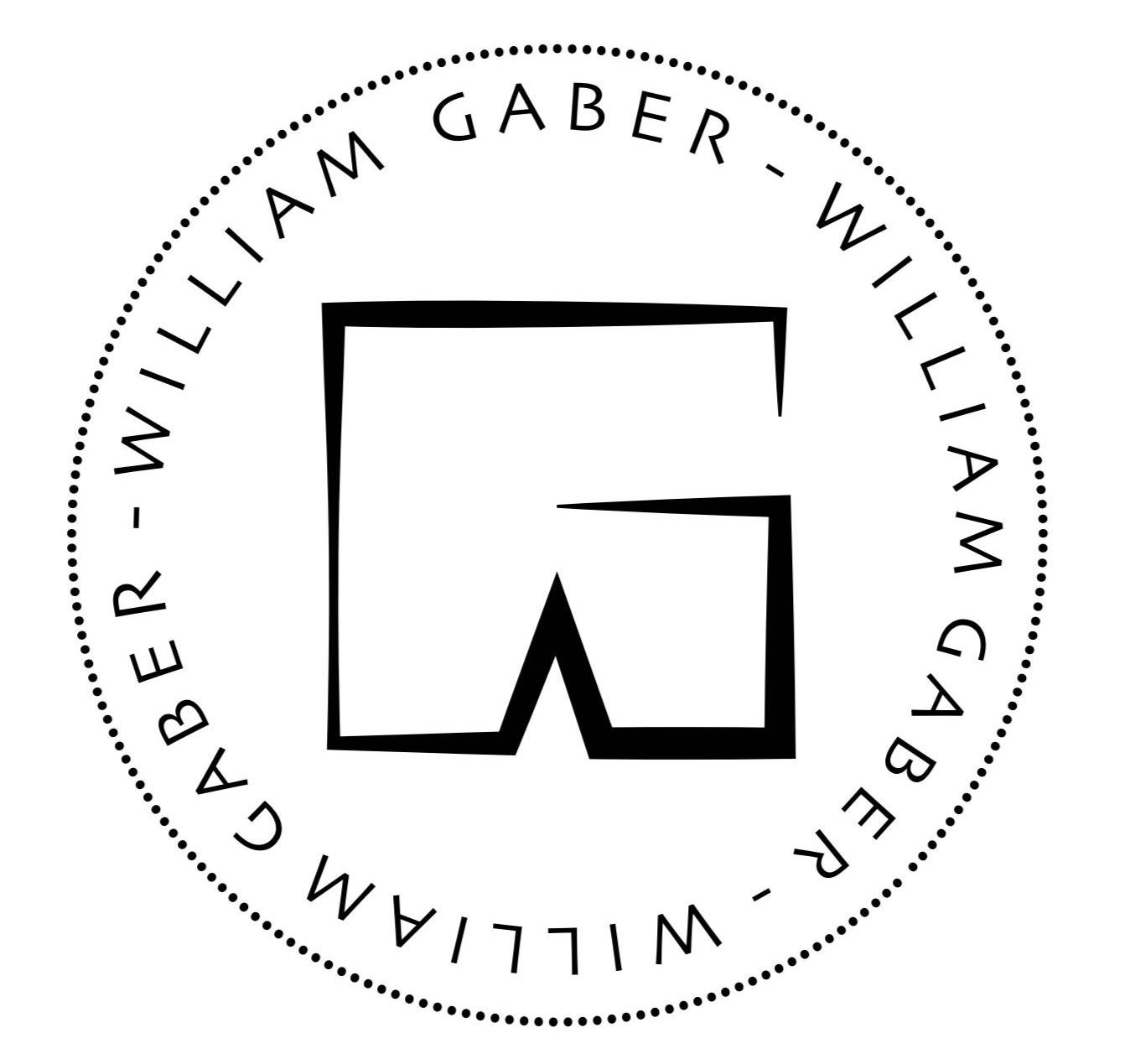
BIOGRAPHY
Mexico (1968) William Gaber’s work addresses two main themes: on the one hand, the human condition — in its aspects of constant mutation, mobility, adaptability, and conditioning with respect to the social environment — and, on the other hand, architecture, as a testimony of historical memory and as a container and influence in the intimate experience of being. A multidisciplinary artist by definition, Gaber explores the processes of change, migration (not only of country but of skin), adaptability, survival, and the inescapable fatality of historical evolution, to which he refers with irony and a sense of humor. At the same time, his language is nourished by architecture — not only for its aesthetic or formal qualities, but for its possibilities as a container, modifier, and testimony of the human experience. Gaber’s childhood and formative period as an artist were spent amid the tropical landscape of the Yucatán and the vernacular architecture of Mérida, which served as an aesthetic background and sounding board for his first explorations. Hence, to this day, his exultant use of color and his consonance with the Mexican school of painting.
